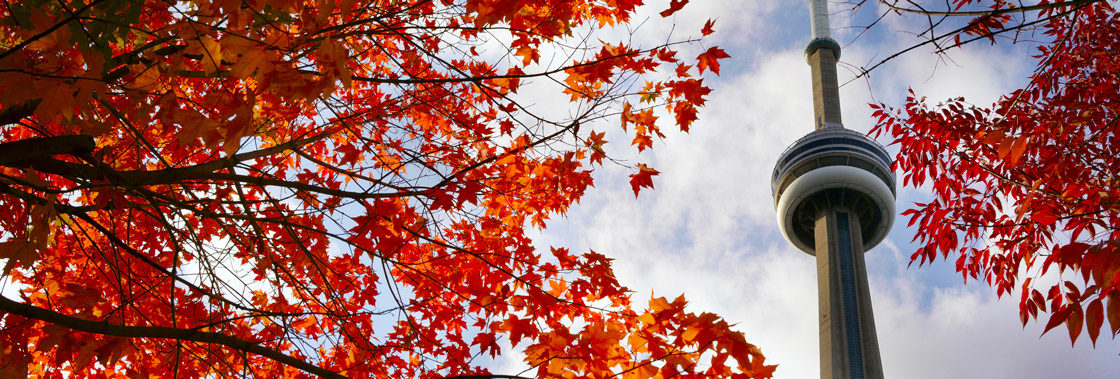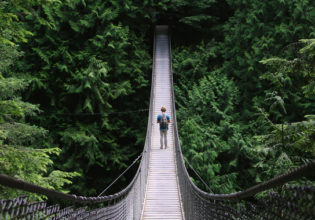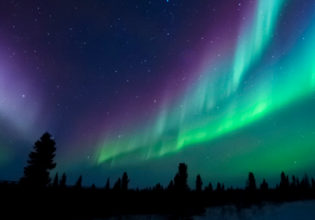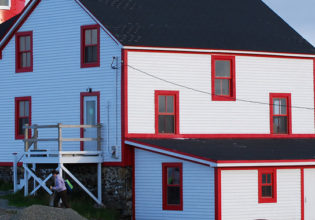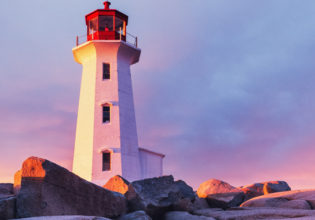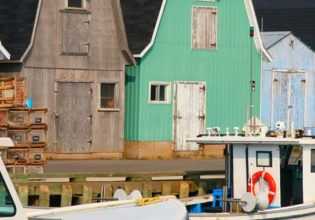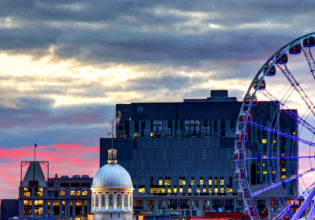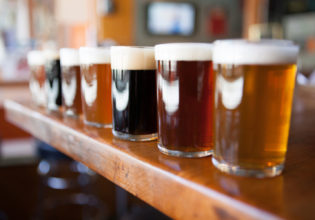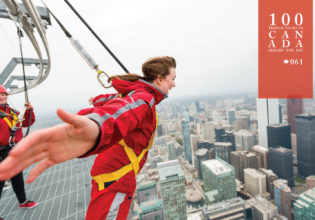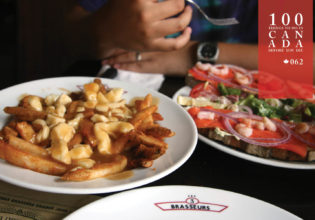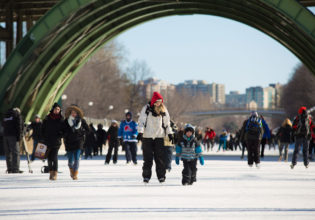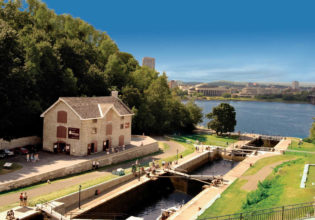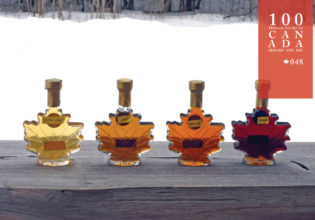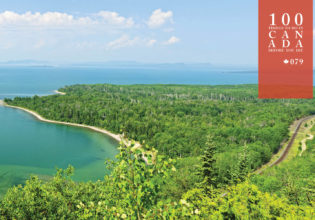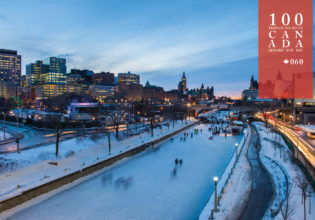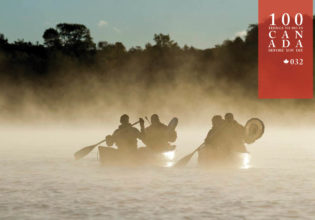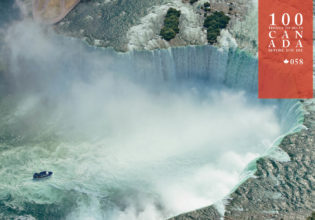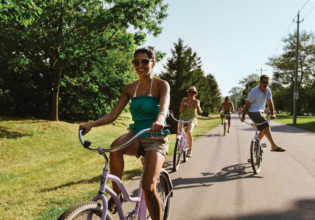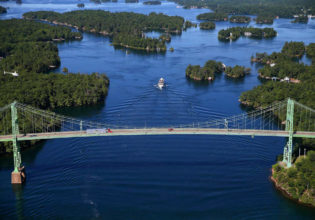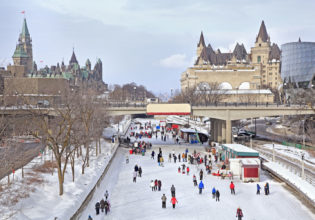As Canada’s capital city, it’s fitting that Ottawa’s skyline is still dominated by Parliament Hill’s iconic Peace Tower.
Plenty other trappings of federal and international government are prominent here, such as the Royal Canadian Mint, the Prime Minister’s official residence, and the Governor General’s estate.
Combine all this history and ceremony with the country’s densest collection of world-class museums, and Ottawa succeeds in making Canadians proud – and visitors a little bit jealous.
Sure, Canada’s capital city is rich with historical and political culture, but there’s much more to Ottawa than that.
Convenience and charm collide in the Byward Market, a 26-block shopping district sandwiched between Parliament Hill, the Ottawa River and the multi-storey Rideau Centre shopping mall.
It’s home to one of the oldest agricultural markets in Canada, but don’t just expect farmers and fishmongers here.
Depending on the season, the market building itself often overflows with stands selling everything from wild blackberries to hand-made bracelets.
The surrounding streets, meanwhile, are lined with boutiques, restaurants, clubs and taverns, which spill into a series of open-air courtyards.
There’s no overlooking Toronto, what with the CN Tower, the world’s third-tallest freestanding structure, soaring over the bustling Lake Ontario waterfront.
Down at street level, the City of Neighbourhoods is one of the most culturally diverse destinations anywhere, with a non-stop parade of festivals, a theatre scene that’s second only to Broadway in North America, and the world’s largest movie extravaganza, Toronto International Film Festival, rolling out the red carpet every September.
Toronto Islands Park is a 15-minute ferry ride from the bustling downtown core, yet it feels like a faraway slice of Ontario’s serene cottage country.
Many visiting families head to the quaint Centreville amusement park on Middle Island, but relatively few stroll 15 minutes east to Ward’s Island, the home of Toronto’s finest stretch of sand, two delightful restaurant patios – at the Island Cafe and The Rectory – and a community of whimsical cottages that look like something out of Beatrix Potter.
No trip to this part of the world would be complete without visiting Niagara Falls.
“An incredible cataract or waterfall which has no equal” is how missionary Louis Hennepin brought back word of Niagara Falls to Europe in 1679.
His sensational boast turned out to be right on the money – together the three falls spanning international waters between Ontario and New York State generate the most powerful flow-rate of any waterfall in the world.
If you want to get off the beaten track, you could head to the Bruce Peninsula. With gorgeous coves, well-preserved shipwrecks and ice-cream shops, the little-known Bruce Peninsula is just a couple of hours’ drive northwest of Toronto.
Every activity on and around Manitoulin Island in north-eastern Ontario is designed to give you an insight into the history and culture of its original First Nations inhabitants, the Ojibwe, Odawa and Potawatomi peoples.
Traditional medicine walks, smudging ceremonies, song and drum workshops, dream catcher crafting, a Mother Earth hiking trail – the experiences in this peaceful and beautiful corner of the earth will soothe your soul and restore your spirit.
And then there’s the Canoe Heritage Tours.
Cutting through the heart of the freshwater island, this tour retraces ancient paddling routes used by the Anishinaabek people, where the only sound will be the swish-ploop of your paddle and the low murmur of your guide recounting myths and legends from a bygone age.
The Thousand Islands – a mere two hours’ drive from Ottawa – is another boating paradise, a veritable ‘garden of woods and waters’, rich in history and laid-back by nature. It’s a place so under-the-radar that not even well-travelled Canadians know it exists.
